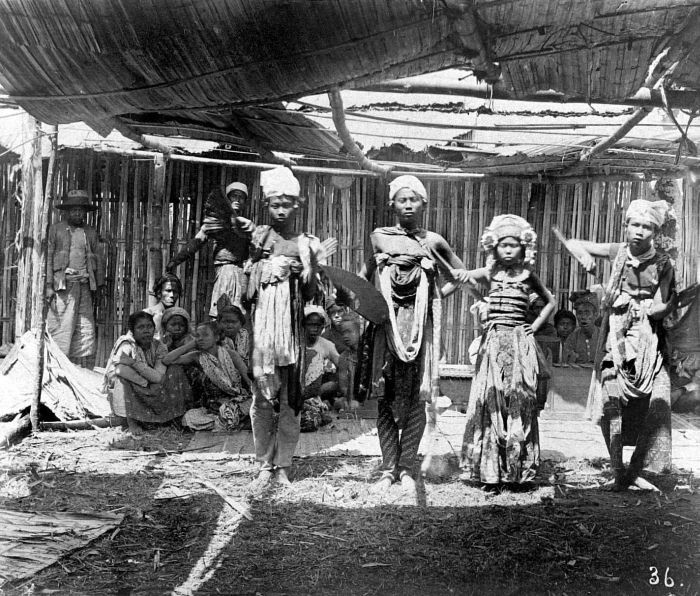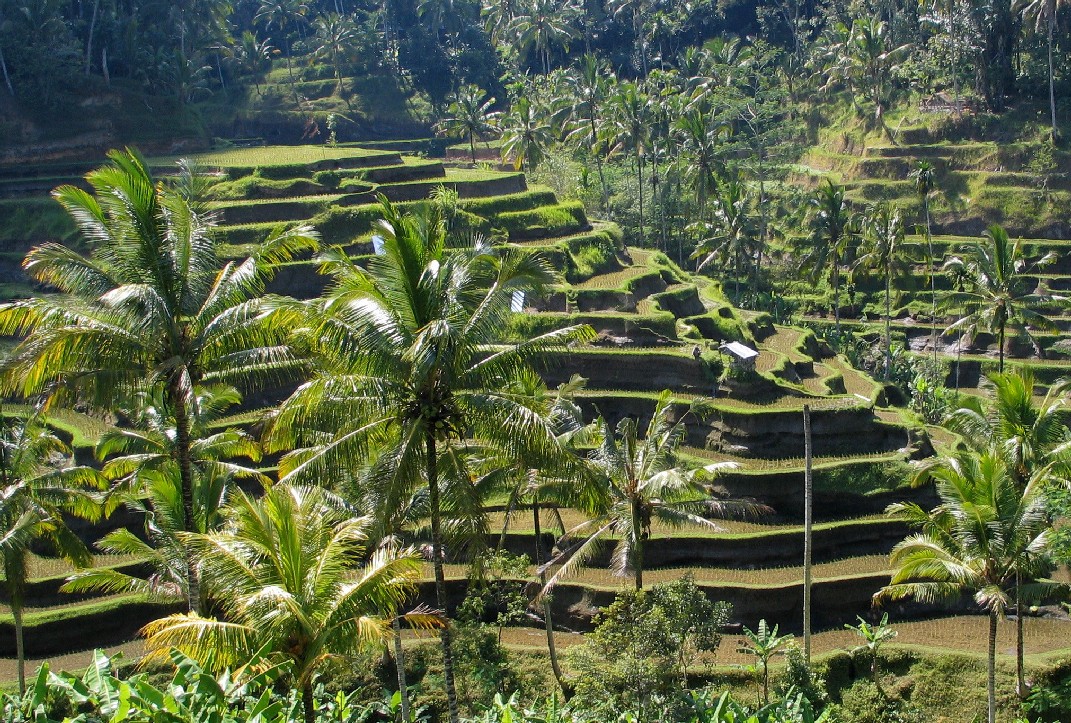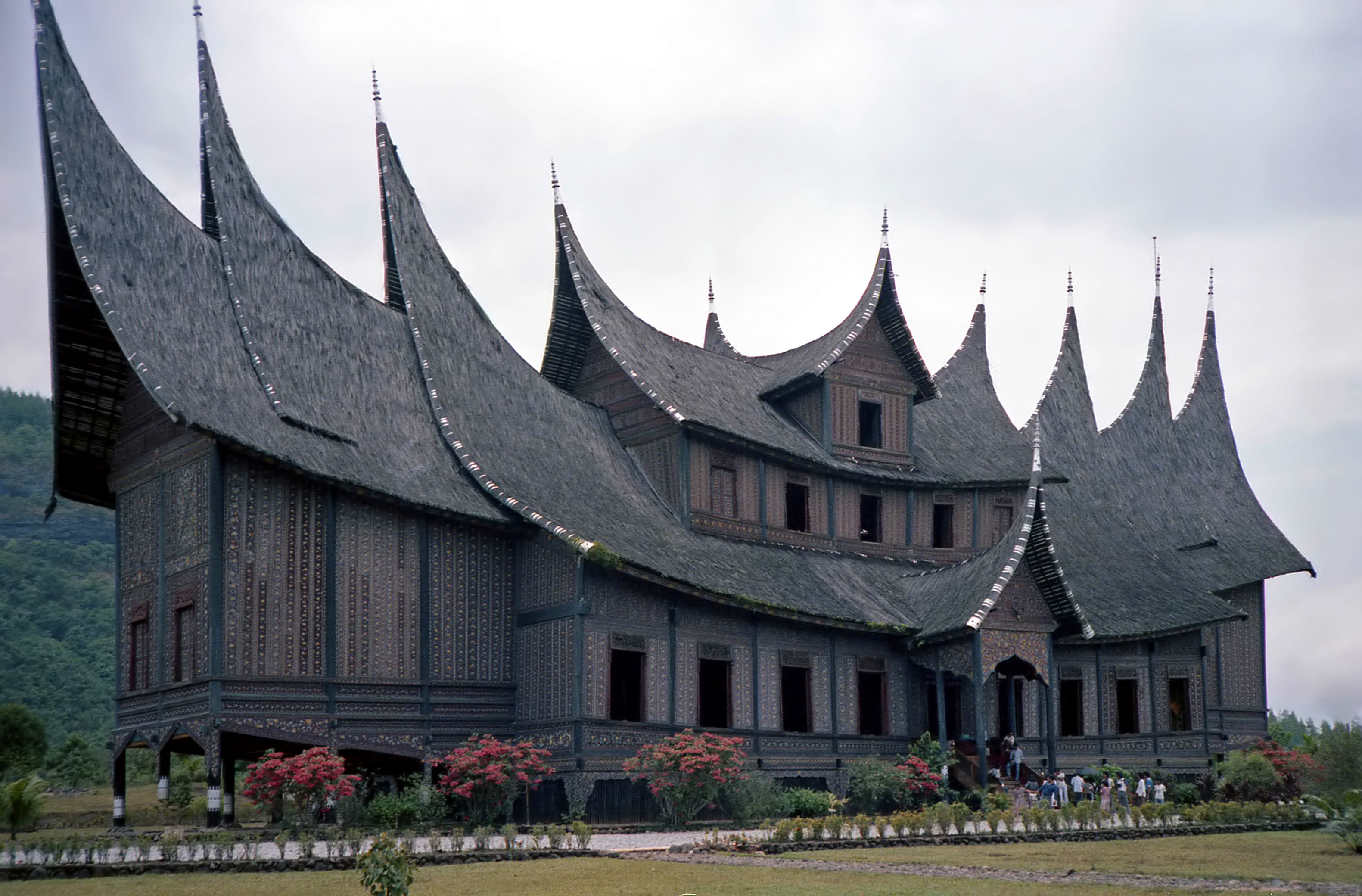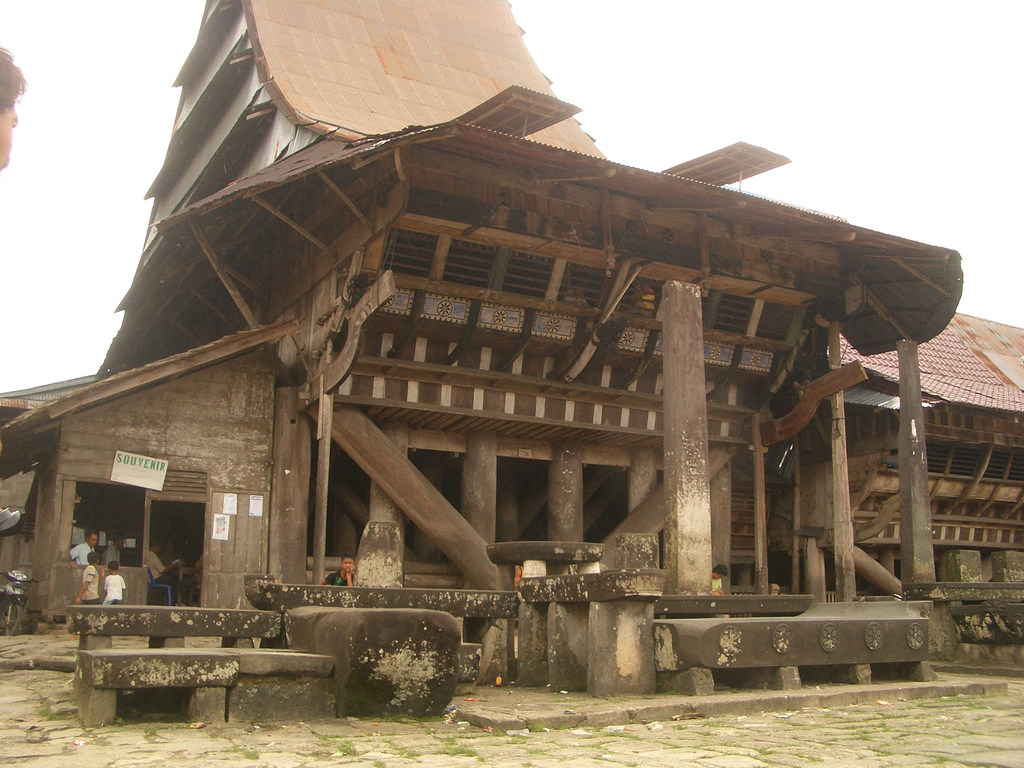|
Sasak Architecture
Sasak architecture refers to the vernacular architecture of the Sasak, the majority indigenous ethnic group of the Indonesian island of Lombok. Background Lombok lies immediately east of Bali Bali () is a province of Indonesia and the westernmost of the Lesser Sunda Islands. East of Java and west of Lombok, the province includes the island of Bali and a few smaller neighbouring islands, notably Nusa Penida, Nusa Lembongan, and Nu ... and approximately the same size, however, its climate and terrain differ. The majority of the island's population is the central plain between the mountainous north and the barren, arid south. Lombok's west has a large immigrant Balinese population and their houses and temples are similar to those of Bali. The Muslim and animist Sasak majority live in the drier eastern part of the island. Their houses rise in tiers up the hot bare hills of Lombok's southern peninsula. The majority of the traditional houses in the more developed parts of the ... [...More Info...] [...Related Items...] OR: [Wikipedia] [Google] [Baidu] |
Vernacular Architecture
Vernacular architecture is building done outside any academic tradition, and without professional guidance. This category encompasses a wide range and variety of building types, with differing methods of construction, from around the world, both historical and extant, representing the majority of buildings and settlements created in pre-industrial societies. Vernacular architecture constitutes 95% of the world's built environment, as estimated in 1995 by Amos Rapoport, as measured against the small percentage of new buildings every year designed by architects and built by engineers. Vernacular architecture usually serves immediate, local needs; is constrained by the materials available in its particular region; and reflects local traditions and cultural practices. Traditionally, the study of vernacular architecture did not examine formally schooled architects, but instead that of the design skills and tradition of local builders, who were rarely given any attribution for the ... [...More Info...] [...Related Items...] OR: [Wikipedia] [Google] [Baidu] |
Sasak
The Sasak people live mainly on the island of Lombok, Indonesia, numbering around 3.6 million (85% of Lombok's population). They are related to the Balinese in language and ancestry, although the Sasak are predominantly Muslim while the Balinese are predominantly Hindu. Sasak people who practice pre-Islamic beliefs are also known as Sasak Boda in reference to the name of the Sasak people's original religion, Bodha. Etymology There is a possibility that the origin of the name ''Sasak'' came from the word ''sak-sak'', which means "boat". In the Nagarakretagama, the word ''Sasak'' is mentioned together as one with Lombok Island, namely ''Lombok Sasak Mirah Adhi''. According to local tradition, it is believed that the word ''Sasak'' came from ''sa'-saq'' which means "the one". Followed by the word ''Lombok'' which originates from the word ''Lomboq'', meaning "straight". Hence by combining the words together ''Sa'-saq Lombok'', it means "something that's straight". Other translat ... [...More Info...] [...Related Items...] OR: [Wikipedia] [Google] [Baidu] |
Indonesia
Indonesia, officially the Republic of Indonesia, is a country in Southeast Asia and Oceania between the Indian and Pacific oceans. It consists of over 17,000 islands, including Sumatra, Java, Sulawesi, and parts of Borneo and New Guinea. Indonesia is the world's largest archipelagic state and the 14th-largest country by area, at . With over 275 million people, Indonesia is the world's fourth-most populous country and the most populous Muslim-majority country. Java, the world's most populous island, is home to more than half of the country's population. Indonesia is a presidential republic with an elected legislature. It has 38 provinces, of which nine have special status. The country's capital, Jakarta, is the world's second-most populous urban area. Indonesia shares land borders with Papua New Guinea, East Timor, and the East Malaysia, eastern part of Malaysia, as well as maritime borders with Singapore, Vietnam, Thailand, the Philippines, Australia, Palau, an ... [...More Info...] [...Related Items...] OR: [Wikipedia] [Google] [Baidu] |
Lombok
Lombok is an island in West Nusa Tenggara province, Indonesia. It forms part of the chain of the Lesser Sunda Islands, with the Lombok Strait separating it from Bali to the west and the Alas Strait between it and Sumbawa to the east. It is roughly circular, with a "tail" (Sekotong Peninsula) to the southwest, about across and a total area of about including smaller offshore islands. The provincial capital and largest city on the island is Mataram. Orang Lombok is some what similar in size and density, and shares some cultural heritage with the neighboring island of Bali to the west. However, it is administratively part of West Nusa Tenggara, along with the larger and more sparsely populated island of Sumbawa to the east. Lombok is surrounded by a number of smaller islands locally called Gili. The island was home to some 3,168,692 Indonesians as recorded in the decennial 2010 censusBiro Pusat Statistik, Jakarta, 2011. and 3,758,631 in the 2020 Census;Badan Pusat Stat ... [...More Info...] [...Related Items...] OR: [Wikipedia] [Google] [Baidu] |
Bali
Bali () is a province of Indonesia and the westernmost of the Lesser Sunda Islands. East of Java and west of Lombok, the province includes the island of Bali and a few smaller neighbouring islands, notably Nusa Penida, Nusa Lembongan, and Nusa Ceningan to the southeast. The provincial capital, Denpasar, is the List of Indonesian cities by population, most populous city in the Lesser Sunda Islands and the second-largest, after Makassar, in Eastern Indonesia. The upland town of Ubud in Greater Denpasar is considered Bali's cultural centre. The province is Indonesia's main tourist destination, with a significant rise in tourism since the 1980s. Tourism-related business makes up 80% of its economy. Bali is the only Hinduism in Indonesia, Hindu-majority province in Indonesia, with 86.9% of the population adhering to Balinese Hinduism. It is renowned for its highly developed arts, including traditional and modern dance, sculpture, painting, leather, metalworking, and music. The Ind ... [...More Info...] [...Related Items...] OR: [Wikipedia] [Google] [Baidu] |
Balinese People
The Balinese people ( id, suku Bali; ban, ᬳᬦᬓ᭄ᬩᬮᬶ, anak Bali) are an Austronesian people, Austronesian ethnic group native to the Indonesian island of Bali. The Balinese population of 4.2 million (1.7% of Indonesia's population) live mostly on the island of Bali, making up 89% of the island's population. There are also significant populations on the island of Lombok and in the easternmost regions of Java (island), Java (e.g. the regency of Banyuwangi). Origins The Balinese originated from three periods of migration. The first waves of immigrants came from Java and Kalimantan in prehistoric times and were of Proto-Malay stock. The second wave of Balinese came slowly over the years from Java during the Hindu period. The third and final wave came from Java, between the 15th and 16th centuries, about the same time as the conversion to Islam in Java, causing aristocrats and peasants to flee to Bali after the collapse of the Javanese Majapahit, Hindu Majapahit Empi ... [...More Info...] [...Related Items...] OR: [Wikipedia] [Google] [Baidu] |
Rice Barn Traditional Sasak Village Sade
Rice is the seed of the grass species '' Oryza sativa'' (Asian rice) or less commonly ''Oryza glaberrima'' (African rice). The name wild rice is usually used for species of the genera ''Zizania'' and ''Porteresia'', both wild and domesticated, although the term may also be used for primitive or uncultivated varieties of ''Oryza''. As a cereal grain, domesticated rice is the most widely consumed staple food for over half of the world's human population,Abstract, "Rice feeds more than half the world's population." especially in Asia and Africa. It is the agricultural commodity with the third-highest worldwide production, after sugarcane and maize. Since sizable portions of sugarcane and maize crops are used for purposes other than human consumption, rice is the most important food crop with regard to human nutrition and caloric intake, providing more than one-fifth of the calories consumed worldwide by humans. There are many varieties of rice and culinary preferences tend to vary ... [...More Info...] [...Related Items...] OR: [Wikipedia] [Google] [Baidu] |
Architecture Of Indonesia
The architecture of Indonesia reflects the diversity of cultural, historical and geographic influences that have shaped Indonesia as a whole. Invaders, colonizers, missionaries, merchants and traders brought cultural changes that had a profound effect on building styles and techniques. Numbers of Indonesian vernacular houses have been developed throughout the archipelago. The traditional houses and settlements of the several hundreds ethnic groups of Indonesia are extremely varied and all have their own specific history. The houses hold social significance in society and demonstrate local ingenuity in their relations to environment and spatial organisation. Traditionally, the most significant foreign influence has been Indian. However, Chinese, Arab, and European influences have also played significant roles in shaping Indonesian architecture. Religious architecture varies from indigenous forms to mosques, temples, and churches. The sultans and other rulers built palaces. ... [...More Info...] [...Related Items...] OR: [Wikipedia] [Google] [Baidu] |
Rumah Adat
''Rumah adat'' are traditional houses built in any of the vernacular architecture Vernacular architecture is building done outside any academic tradition, and without professional guidance. This category encompasses a wide range and variety of building types, with differing methods of construction, from around the world, bo ... styles of Architecture of Indonesia, Indonesia, collectively belonging to the Austronesian architecture. The traditional houses and settlements of the several hundreds ethnic groups of Indonesia are extremely varied and all have their own specific history. It is the Indonesian variants of the whole Austronesian architecture found all over places where Austronesian people inhabited from the Pacific to Madagascar each having their own history, culture and style. Demographics of Indonesia#Ethnic groups, Ethnic groups in Indonesia are often associated with their own distinctive form of ''rumah adat''.Dawson (1994), p. 10 The houses are at the centre of a w ... [...More Info...] [...Related Items...] OR: [Wikipedia] [Google] [Baidu] |







